Spirulina is one of the most popular supplements with tons of health benefits. The nutrients and antioxidants in spirulina benefit our minds and body. It’s basically a type of green blue algae that grows in saltwater.
But gluten allergic people often ask if they can take spirulina supplements. So is spirulina gluten free?
Yes, spirulina is naturally gluten free. There are no traces of the gluten protein being present in this algae; hence it’s safe for celiacs.
But celiacs have to consider multiple other factors before consuming anything. In this article, I’ll discuss everything related to spirulina, its health benefits, and its gluten content. So continue reading till the end.
Table of Contents
Is Spirulina Gluten Free?
Spirulina is a nutrient dense algae that are free from gluten. Gluten is a complex substance that provides elasticity and texture to food items. There are some specific plants that belong to the gluten family, but spirulina isn’t a part of it.
Spirulina does not have the elastic texture of gluten grains like wheat, barley, and rye. Eating food that includes these grains can cause serious health issues to people intolerant to gluten.
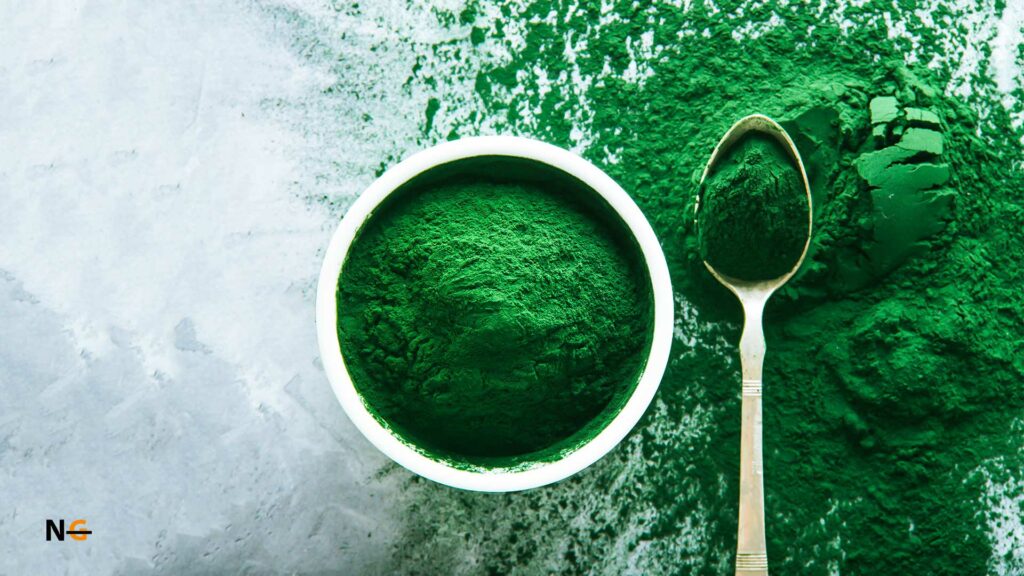
However, that is not the case with spirulina. Celiacs or gluten allergic people can have this supplement without worrying about getting sick.
Spirulina is made from blue-green algae, also known as Arthrospira. It’s a natural herbal supplement with very high amounts of protein, various minerals, and iron. Spirulina is usually found in open lakes or ponds with high alkaline water.
Spirulina has a slightly smoky flavor. You can have spirulina with your smoothies or add it to your soups.
Related Posts:- Is Custard Gluten Free?
Is Spirulina Healthy? Are There Any Health Benefits of Spirulina?
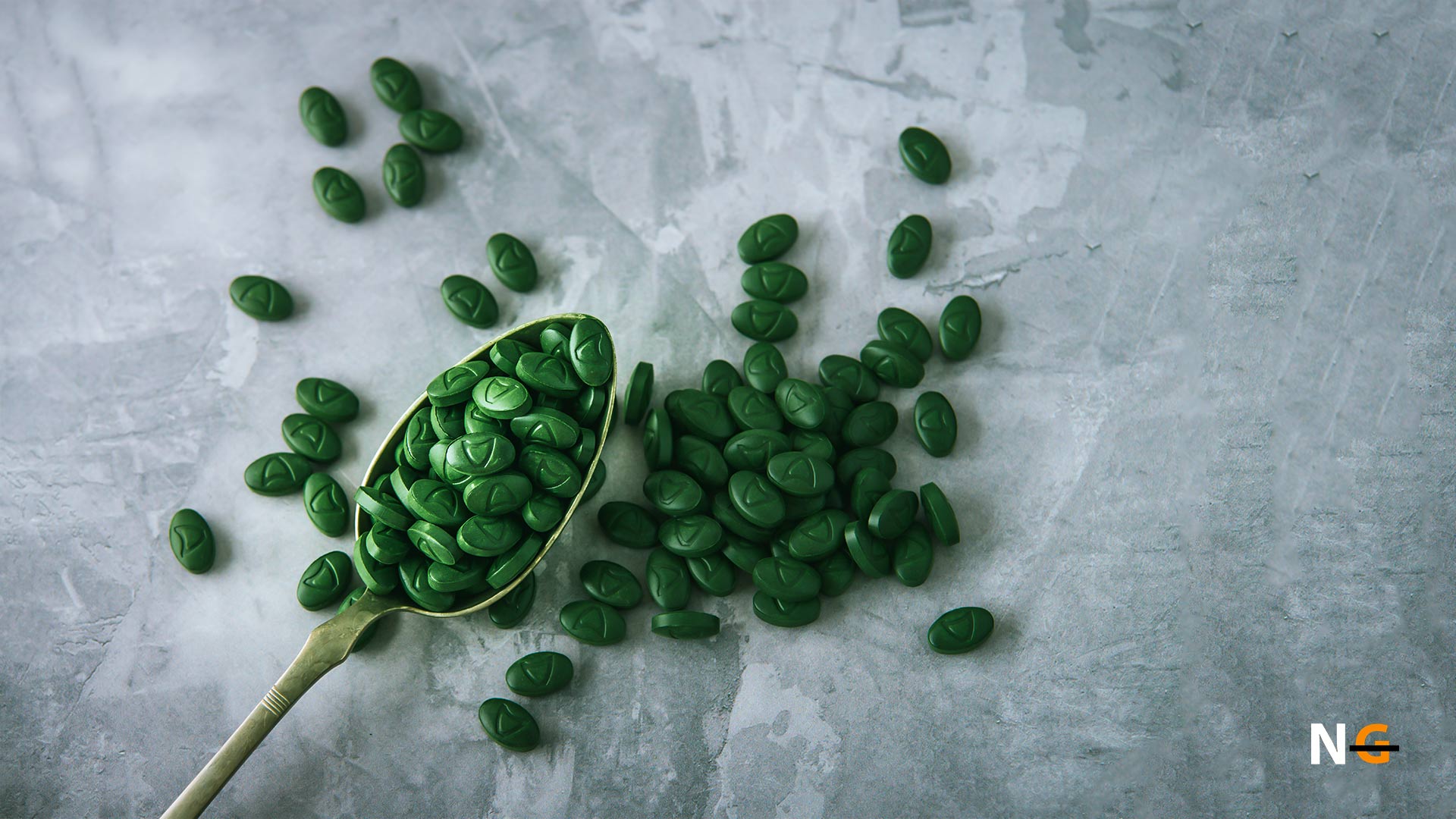
Spirulina is considered a superfood because of the various health benefits it offers. It’s a nutrient dense food with multiple vitamins, protein, essential minerals, etc. For example, only 100 grams of spirulina contains 65 grams of protein.
Moreover, spirulina is rich in B vitamins, amino acids, phytonutrients, calcium, magnesium, iron, phosphorus, potassium, etc. Let’s take a better look at the health benefits of spirulina here.
Rich in Antioxidants
Spirulina is a rich source of antioxidants. It is, in fact, known as the powerhouse of antioxidants and has four times more antioxidants than blueberries. Antioxidants help our bodies fight against free radicals, which can damage cells.
Spirulina also contains vitamin A, which helps to develop eye and skin health.
Excellent source for plant-based protein
Spirulina is the best alternative for plant based protein. Per ounce of spirulina has 16 grams of protein which is more than meat or soy. Plus, this plant-based supplement contains nine essential amino acids needed for the healthy growth of our bodies.
Essential Fatty Acids
Spirulina contains essential fatty acids like omega-3 and omega-6, which are extremely beneficial for our bodies. In addition, spirulina has gamma-linolenic (GLA), which is known for its anti-inflammatory effects.
Easy To Digest
The absence of cellulose in spirulina makes it easier for our bodies to break it down and digest it. Spirulina is 95% digestible, making it a better option than other meat based protein sources.
It Has Detoxifying Agents
The detoxifying agents in spirulina help get rid of the toxic substance from our bodies. The everyday food we eat has so many toxic substances, and chlorophyll in spirulina helps clean our bodies from such toxins.
Boosts Metabolism
Spirulina may also help boost metabolism. A higher metabolic rate increases the body’s capacity to burn calories which may ultimately help in weight loss.
Spirulina May Prevent Heart Disease

As per a study, spirulina helps prevent chronic inflammatory diseases like heart disease. This is due to its positive impact on glucose levels, blood pressure, and lipid levels.
Apart from the above mentioned benefits spirulina is full of so many minerals and vitamins. Here is a quick look at all the nutritional information of dried spirulina per 7 grams-
- Calories- 20
- Protein- 4.02g
- Fat- 0.54
- Carbs- 1.67g
- Sodium- 73mg
- Iron- 2mg
- Calcium- 8mg
- Magnesium- 14mg
- Potassium- 95mg
- Phosphorus- 8mg
- VitaminC- 0.7mg
How To Eat Spirulina?
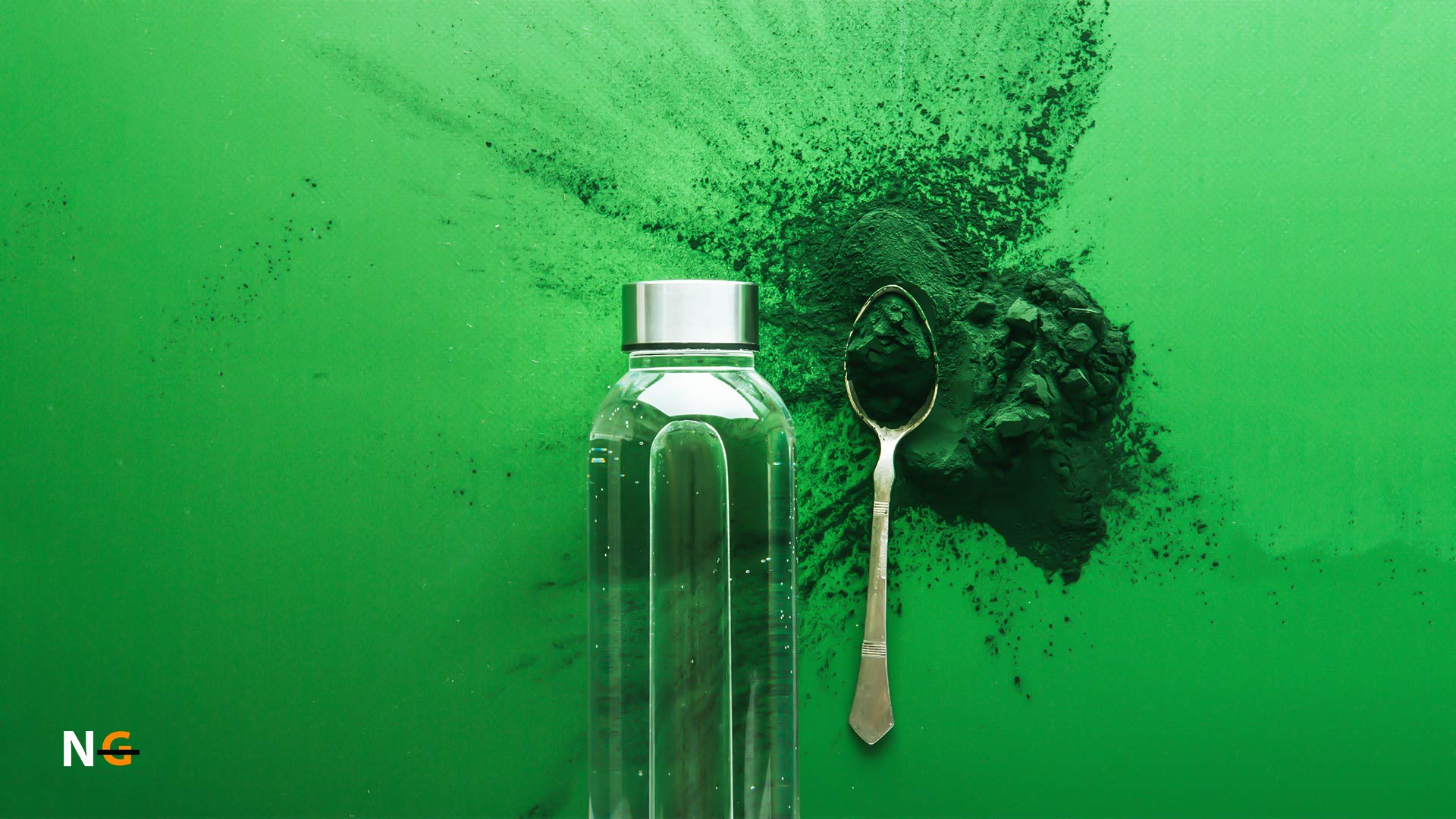
Spirulina comes in tablet forms, and you can consume it as recommended by your health expert. Spirulina is also available in powder forms and ready made mixes like protein powders or superfood blends.
Here are some of the different ways of eating spirulina-
- Add spirulina powder to your smoothies.
- Add a tsp of spirulina powder to plain water, mix and drink it.
- Sprinkle some of the powder in your soups and salads.
- Add some to your baked goods.
- Add it to your protein balls or bars.
- Add spirulina powder to your fruit or vegetable juice.
Must Try Gluten Free Recipes With Spirulina
Spirulina is great in your smoothies and salads, but did you know you can make some interesting recipes with this superfood too? If not, you are going to learn a couple of delicious spirulina recipes in a minute. So without further ado, let’s roll-
1. Gluten Free Spirulina Ice Cream
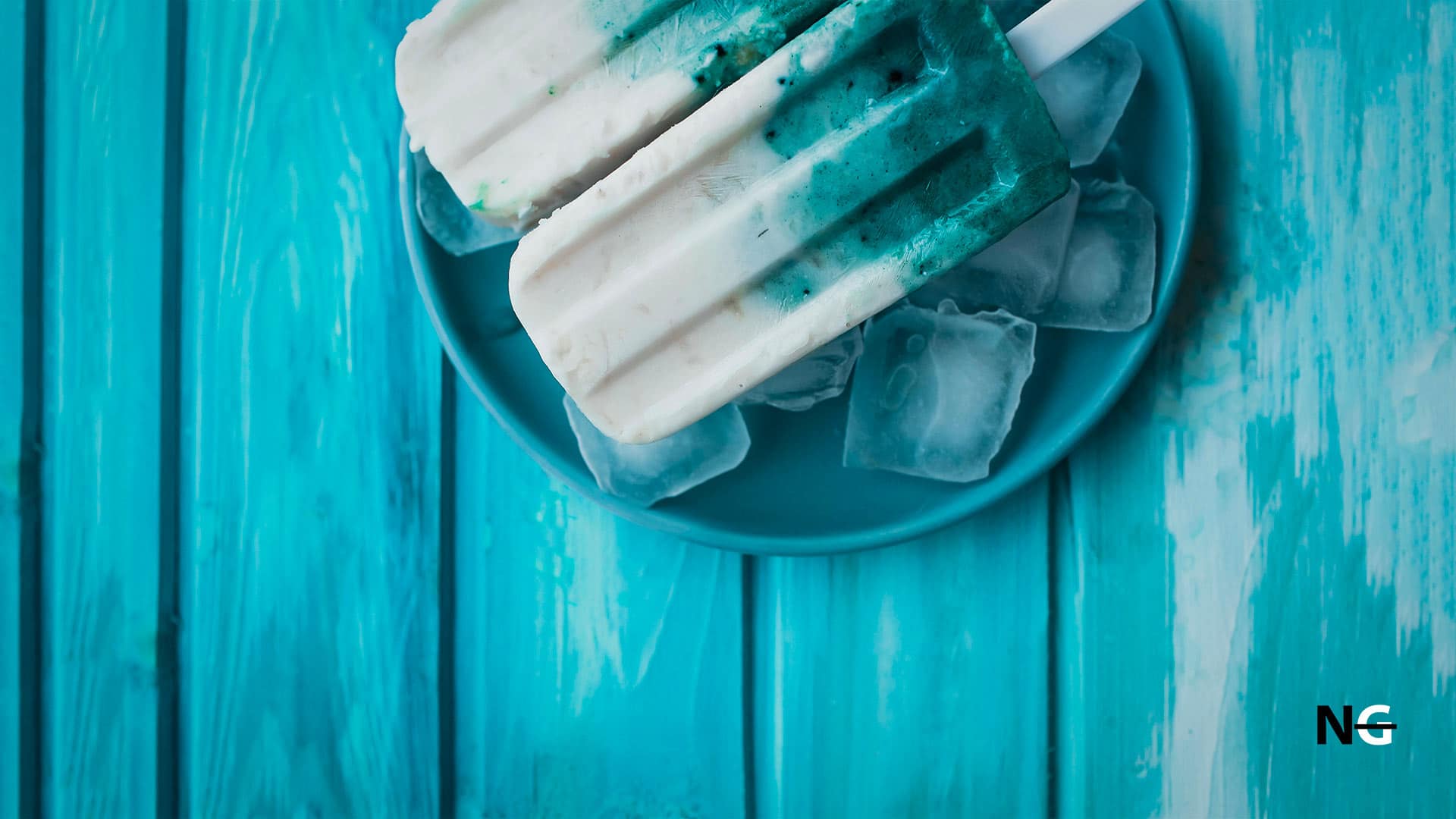
Ingredients
- 1 tsp spirulina
- 14 oz full fat coconut milk
- ½ cup maple syrup
- 1 tbsp cacao nibs
Method
- Step one
Add all ingredients except the cacao nibs to a blender and blend well. You can also use a wire whisk to do the job.
- Step two
Transfer the mixture to a bowl, cover it and keep it in the freezer for about four to five hours. Before serving, let the ice cream thaw for about 20 minutes. Take a couple of scoops in a bowl and sprinkle some cacao nibs.
2. Gluten Free Spirulina Pancakes
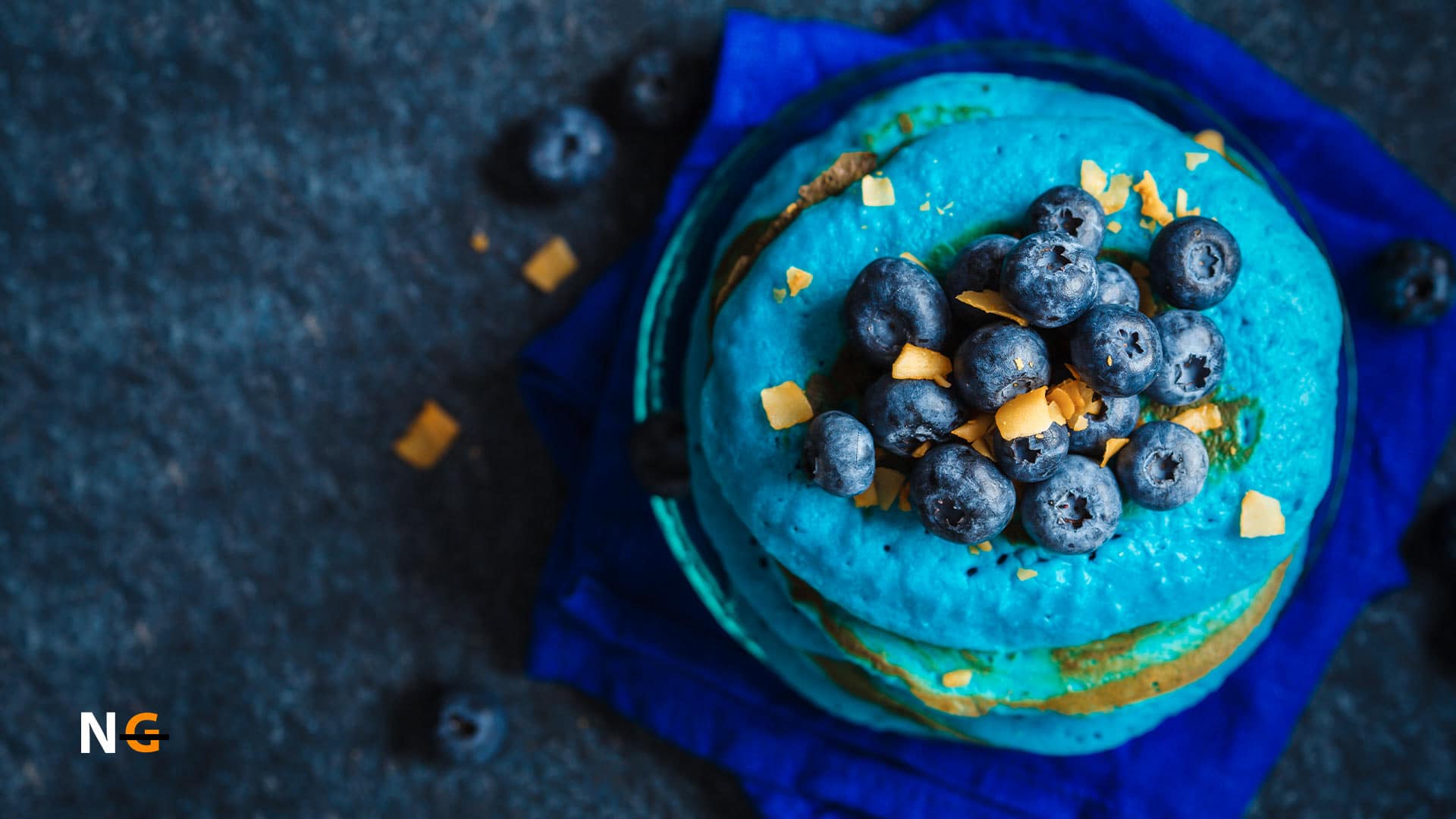
Ingredients
- 1 tsp spirulina
- 2 eggs
- ¾ cup almond milk
- ½ cup rice flour
- ½ cup teff flour
- 2 tbsp coconut or date sugar
- 1 tbsp coconut oil + some more for cooking
- Cinnamon powder to taste
Method
- Step one
First, take a bowl and whisk the eggs, then add spirulina, both the flours, almond milk, sugar, and cinnamon powder into the eggs. Mix everything well. Then add 1 tbsp coconut oil to the batter and mix well again.
- Step two
Take a non-stick skillet on medium heat. Add coconut as per your requirement and pour ¼ cup of the pancake batter. Spread it approximately into a 4-inch circle. When you see small bubbles appearing, flip it over. Let it cook for another 2 to 3 minutes until the pancake turns golden brown.
- Step three
Serve hot with your favorite fruits and syrups.
Conclusion
Spirulina is a superfood filled with numerous health benefits; hence adding it to your everyday diet is a must. The best part is spirulina is gluten free, so it’s edible for all people, including celiacs.
There are different ways to add this superfood to your diet, do check out a few options I mentioned here. Is there anything else you want to know about spirulina? If yes, let me know in the comments!
FAQs
Can celiacs have spirulina?
Yes, celiacs can have spirulina. It’s absolutely gluten free and safe.
What is spirulina made of?
Spirulina is made of gree-blue algae called Arthrospira. The algae are dried and converted into powder or capsule form after extraction.
Is spirulina naturally gluten free?
Yes, spirulina is naturally gluten free. It’s not a part of the gluten plants, so there are no harmful substances in spirulina.
Is wheatgrass gluten free?
Yes, wheatgrass is gluten free and safe for people on a gluten free diet.
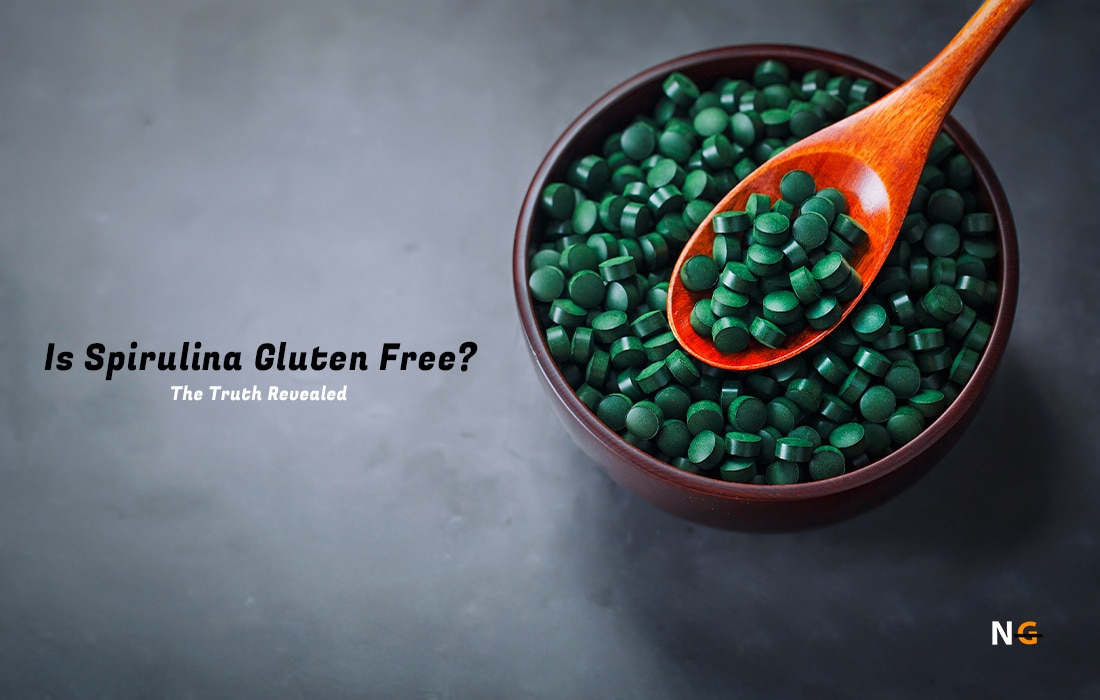



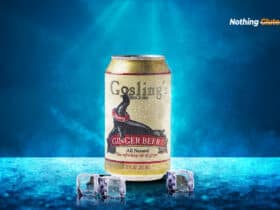

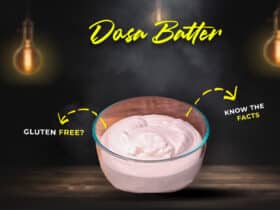

Leave a Reply
View Comments